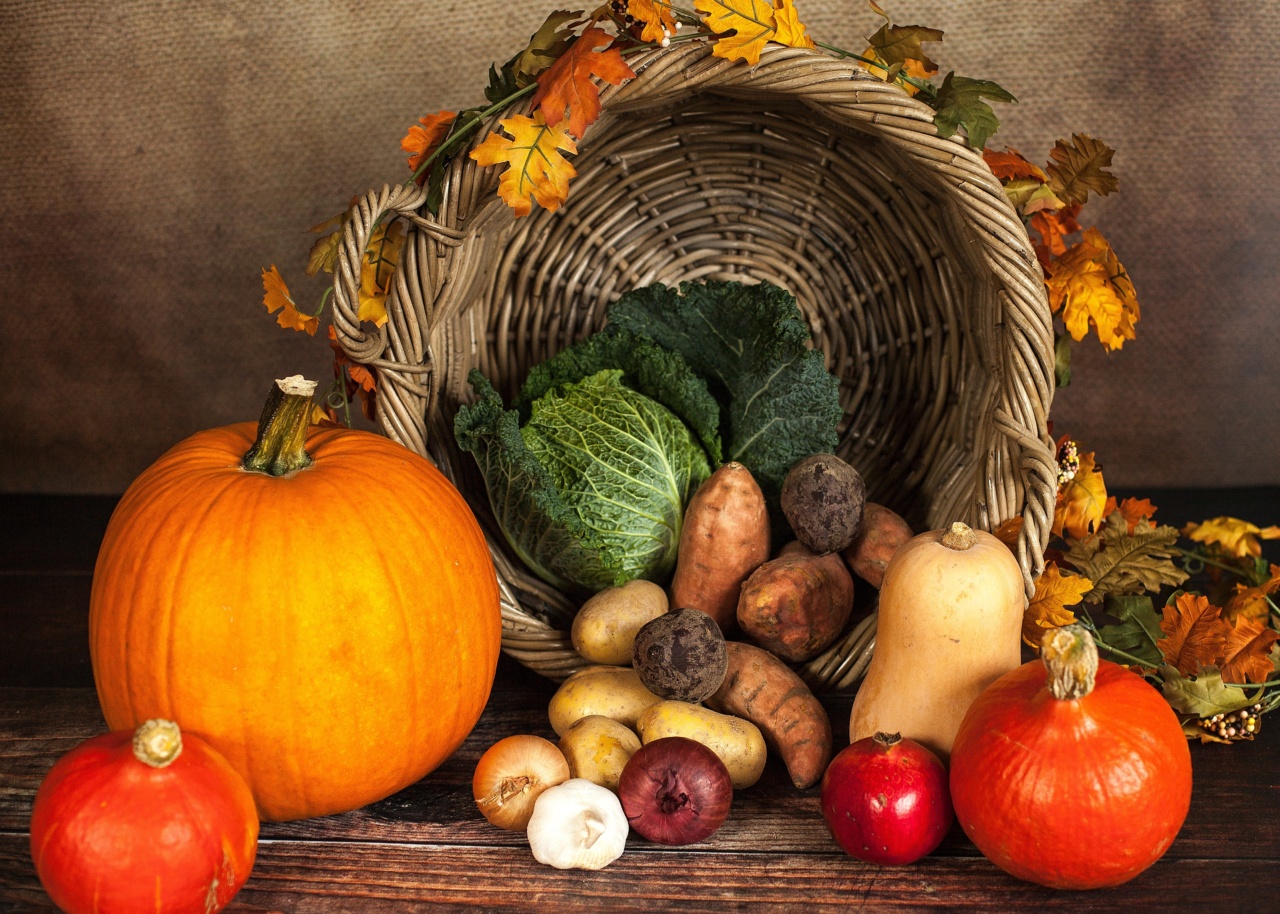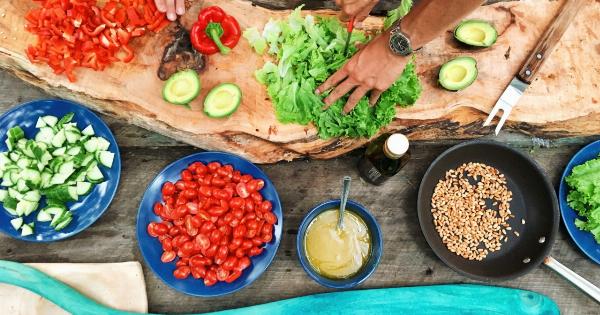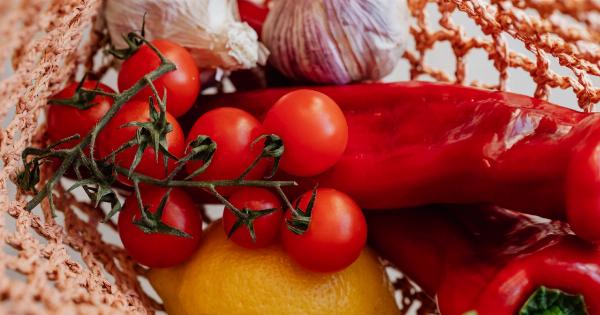During pregnancy, ensuring proper nutrition is crucial for both the mother and the baby’s well-being. A healthy diet abundant in fruits and vegetables is essential as it provides essential vitamins, minerals, and fiber.
However, many expectant mothers struggle to incorporate enough fruits and vegetables into their diet. In this article, we will discuss some simple but effective ways to eat more fruits and vegetables during pregnancy.
1. Start Your Day with a Fruit Salad
A great way to boost your fruit intake is by having a fruit salad as part of your breakfast. Include a variety of colorful fruits like berries, oranges, apples, and bananas.
You can also add some yogurt or a sprinkle of nuts for added flavor and nutrients.
2. Include Vegetables in Your Lunch
Make it a habit to include a generous portion of vegetables in your lunch.
Incorporating a colorful salad or adding veggies like spinach, tomatoes, or bell peppers in sandwiches or wraps can make your meals not only more nutritious but also more appetizing.
3. Snack on Fresh Fruits
Instead of reaching for processed snacks, opt for fresh fruits when hunger strikes between meals. Keep a bowl of washed and cut fruits like grapes, melons, or berries in the refrigerator, making them easily accessible and ready to eat.
4. Sneak Vegetables into Smoothies
If you find it challenging to consume enough vegetables, try adding them to your fruit smoothies. Spinach, kale, or cucumber can be blended with fruits like bananas, mangoes, or berries to create a delicious and nutritious drink.
5. Make Soups and Stews with Vegetables
Soups and stews are a fantastic way to incorporate a variety of vegetables into your diet.
Whether it’s a comforting tomato soup with roasted vegetables or a hearty vegetable stew, these dishes can provide essential nutrients while keeping you satisfied.
6. Experiment with Veggie-Based Pasta
Instead of traditional pasta, try using vegetable alternatives like zucchini noodles or spaghetti squash. These veggie-based pastas are not only low in calories but also offer a delightful way to include more vegetables in your meals.
7. Grill or Roast Your Veggies
Grilling or roasting vegetables can enhance their natural flavors and textures. Vegetables like peppers, zucchini, eggplant, and carrots taste delicious when grilled or roasted.
Season them with herbs and spices and serve as a side dish or toss them into salads.
8. Add Fruits and Vegetables to Your Snacks
Consider adding fruits and vegetables to your favorite snacks. For instance, you can top your morning cereal with sliced strawberries or include grated zucchini or carrots when baking muffins or bread.
These small additions can significantly increase your daily intake of fruits and vegetables.
9. Opt for Frozen Fruits and Vegetables
Frozen fruits and vegetables are equally nutritious as their fresh counterparts and can be more convenient, especially when certain produce is out of season.
Stock your freezer with a variety of frozen fruits and veggies, allowing you to have them on hand at all times.
10. Plan Balanced Meals
When planning your meals, keep in mind the importance of incorporating fruits and vegetables. Aim to fill half your plate with these nutritious foods while ensuring you have a variety of colors and types.
By consciously planning, you can make sure you’re getting the necessary nutrients.
Remember to consult with your healthcare provider or a registered dietitian for personalized advice on pregnancy nutrition. They can guide you on specific fruits and vegetables to include and share any dietary restrictions.



























